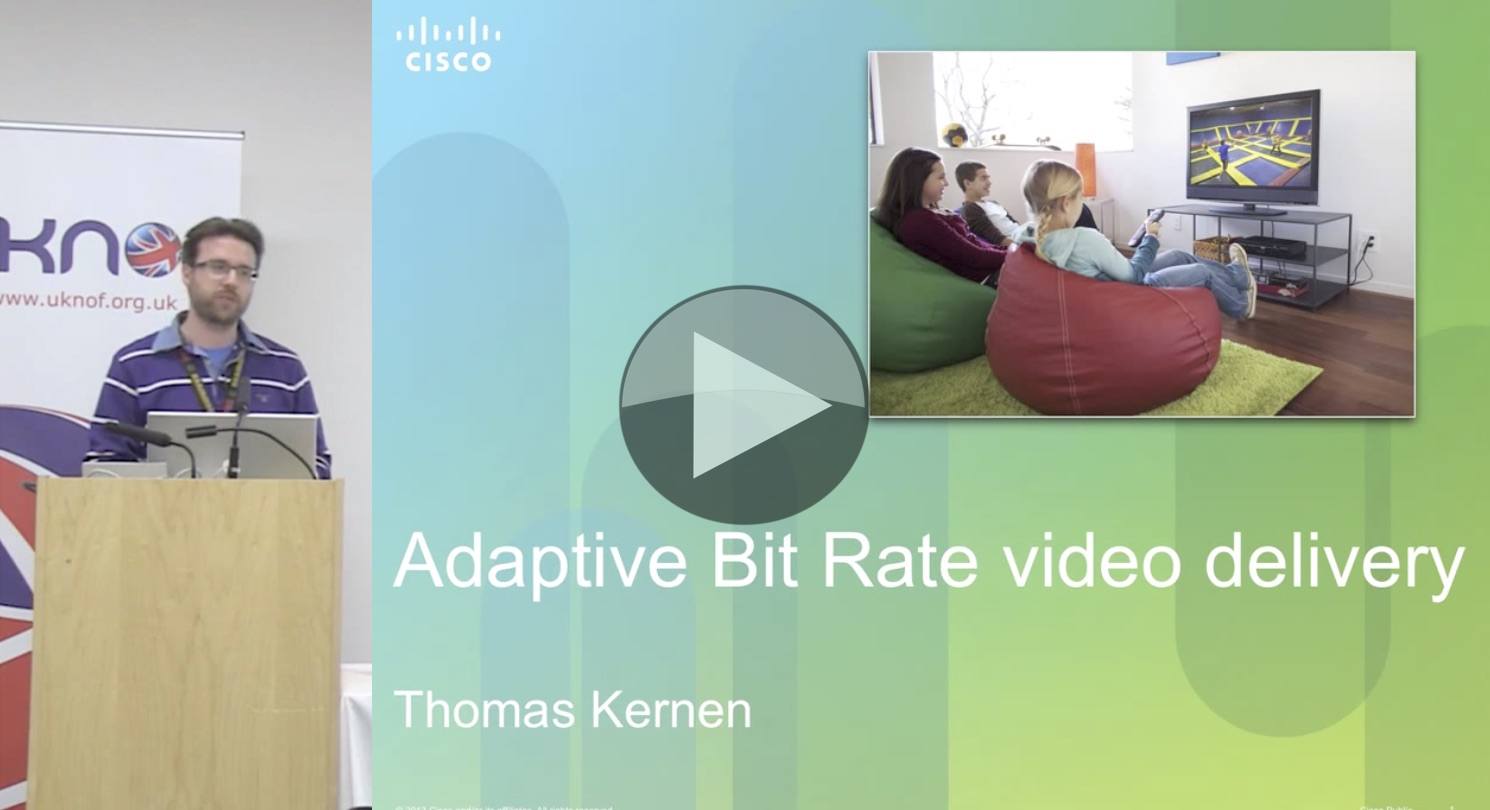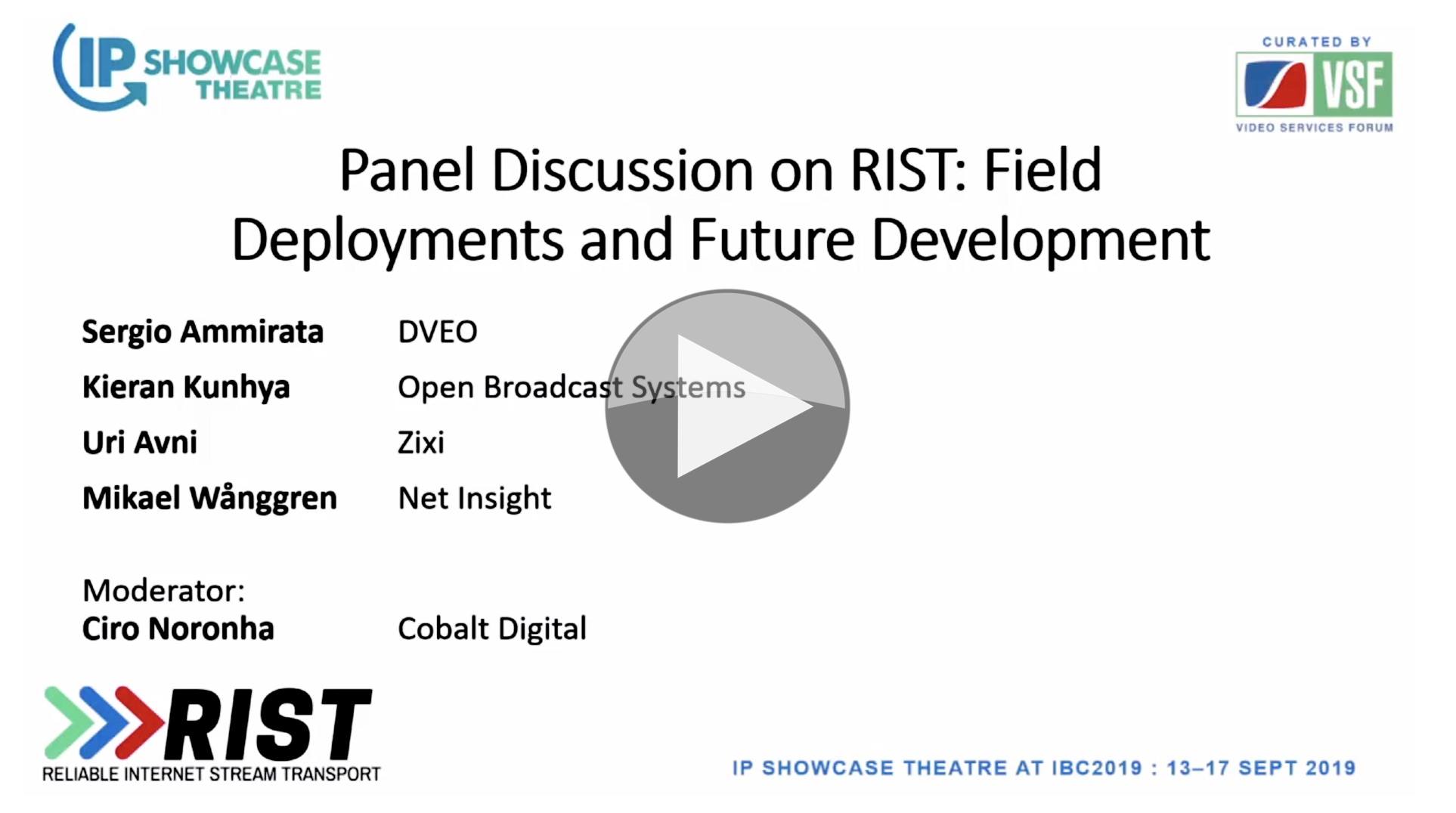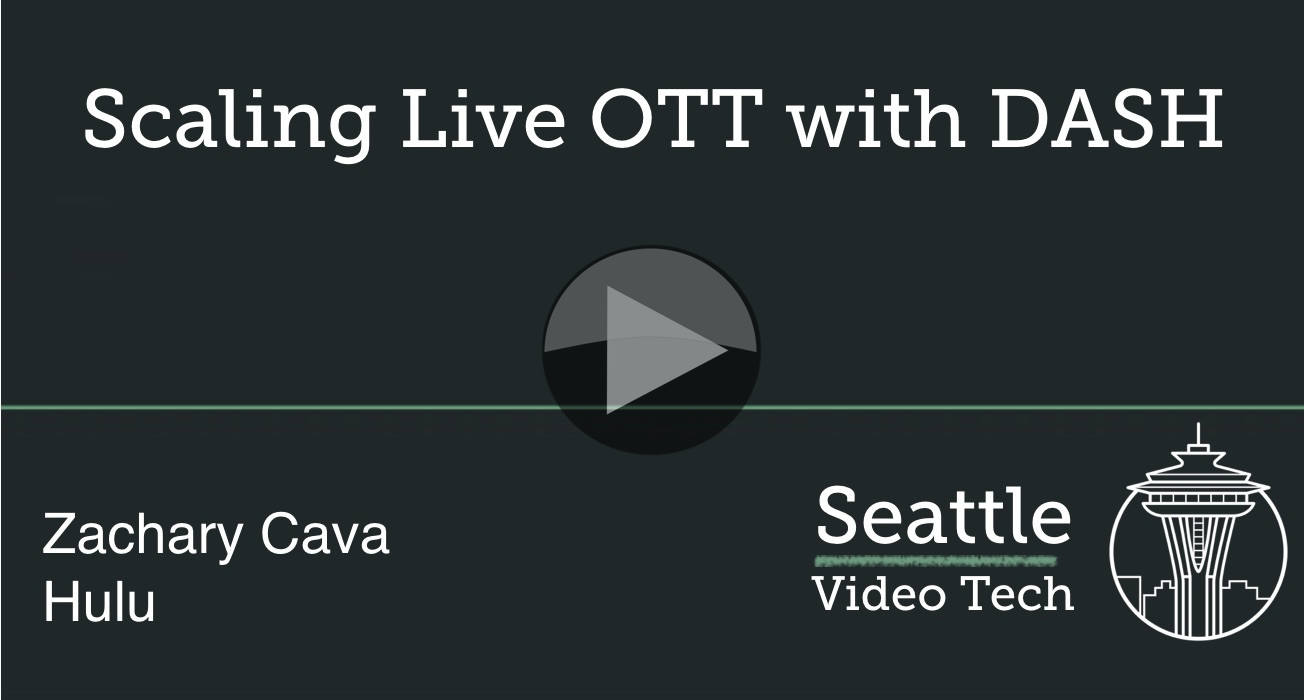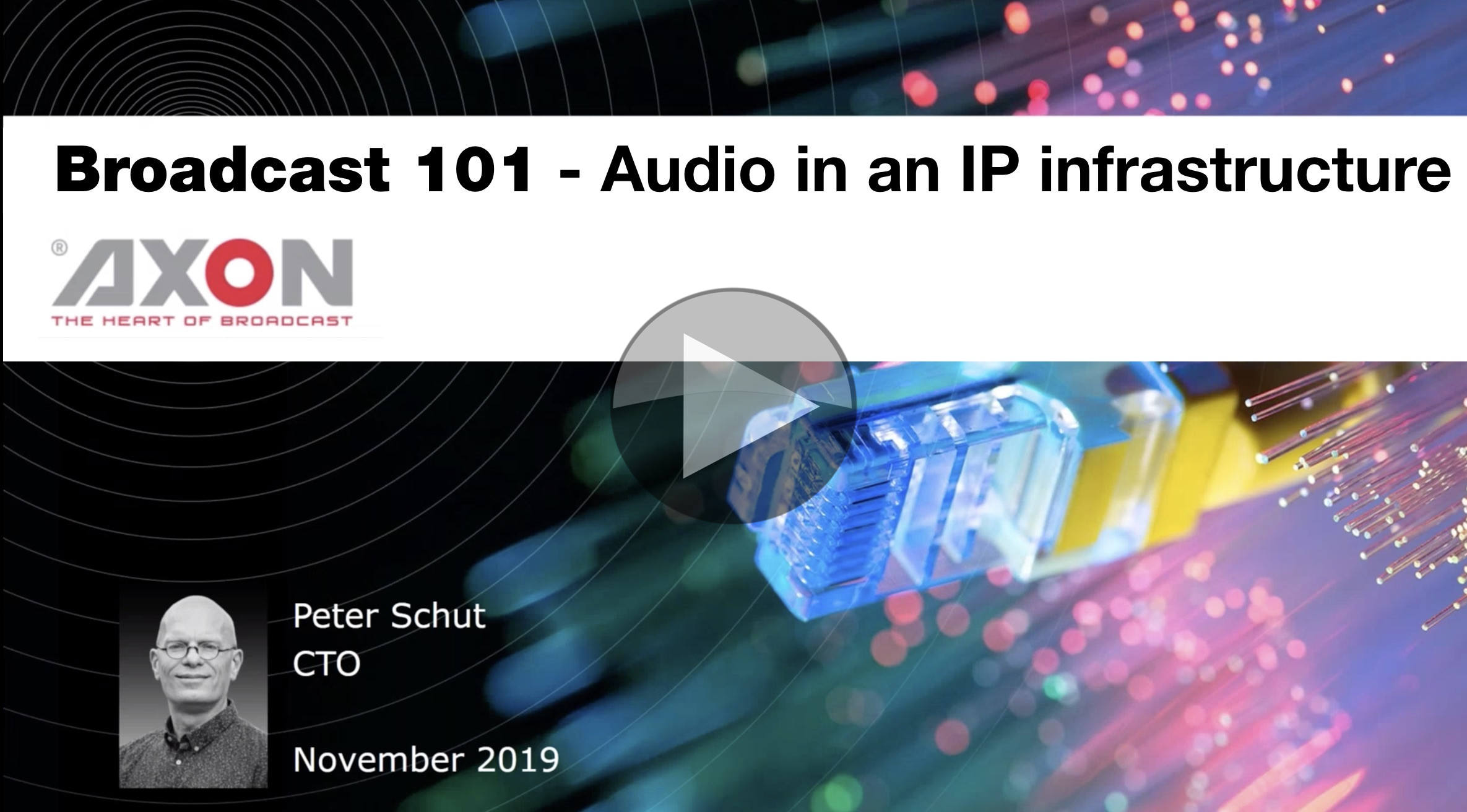MPEG-DASH has been in increasing use for many years and while the implementations and versions continue to improve and add new features, the core of its function remains the same and is the topic of this talk.
For anyone looking for an introduction to multi-bitrate streaming, this talk from Thomas Kernen is a great start as he charts the way streaming has progressed from the initial ‘HTTP progressive download’ to dynamic streaming which adapts to your bandwidth constraints.
Thomas explains the way that players and servers talk and deliver files and summarises the end-to-end distribution ecosystem. He covers the fact that MPEG DASH standardises the container description information, captioning and other aspects. DRM is available through the common encryption scheme.
MPD files, the manifest text files, which are the core of MPEG-DASH are next under the spotlight. Thomas talks us through the difference between Media Presentations, Periods, Representations and Segment Info. We then look at the ability to use the ISO BMFF format or MPEG-2 TS like HLS.
The DASH Industry Forum, DASH-IF, is an organisation which promotes the use of DASH within businesses which means that not only do they do work in spreading the word of what DASH is and how it can be helpful, but they also support interoperability. DASH264 is also the output from the DASH-IF and Thomas describes how this specification of using DASH helps with interoperability.
Buffer bloat is still an issue today which is a phenomenon where for certain types of traffic, the buffers upstream and locally in someone’s network can become perpetually full resulting in increased latency in a stream and, potentially, instability. Thomas looks briefly at this before moving on to HEVC.
At the time of this talk, HEVC was still new and much has happened to it since. This part of the talk gives a good introduction to the reasons that HEVC was brought into being and serves as an interesting comparison for the reasons that VVC, AV1, EVC and other codecs today are needed.
For the latest on DASH, check out the videos in the list of related posts below.
Watch now!
Speaker

|
Thomas Kernen Staff Staff Architect, NVIDIA Co-Chair SMPTE 32M Technology Committee, SMPTE Formerly Technical Leader, Cisco, |












